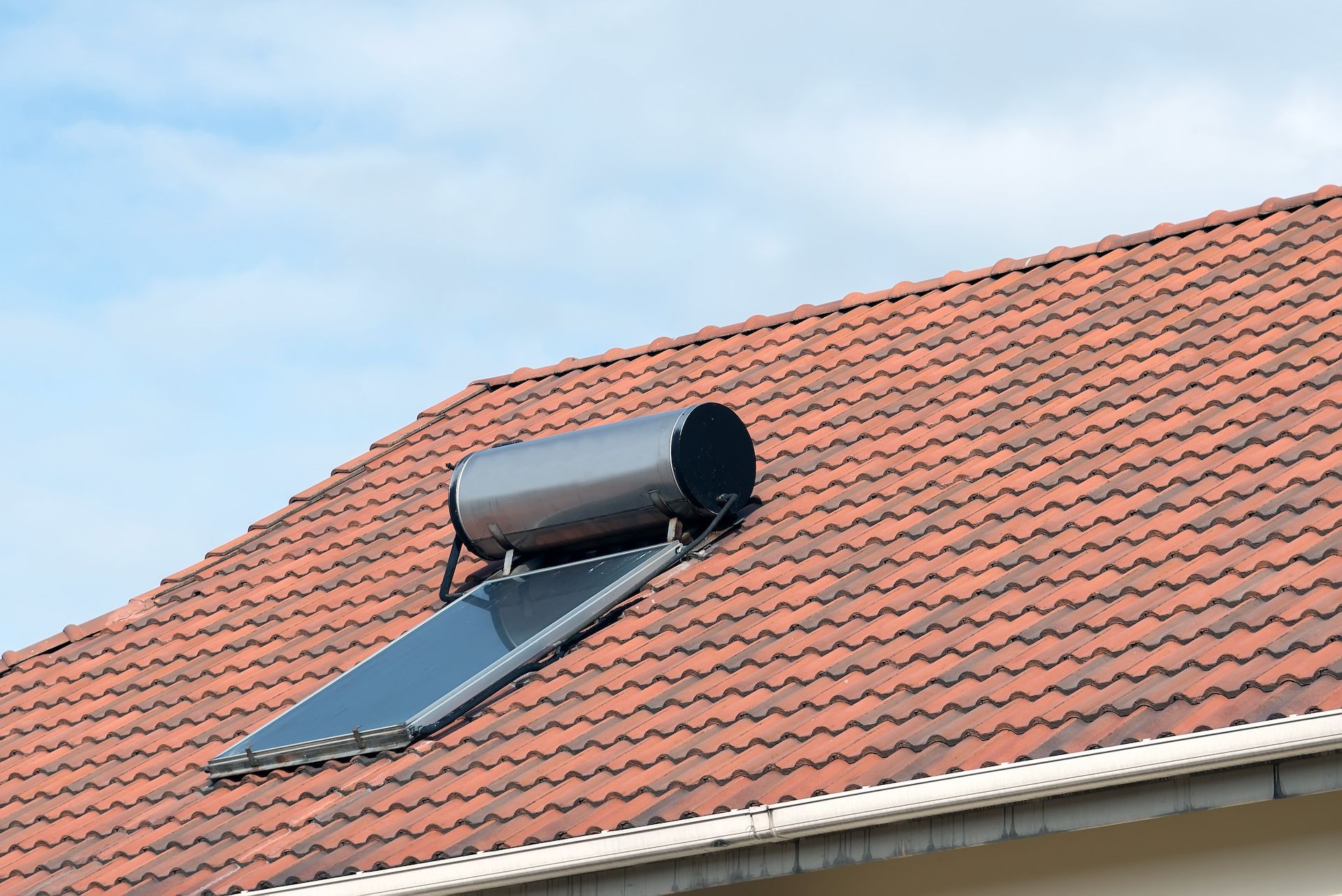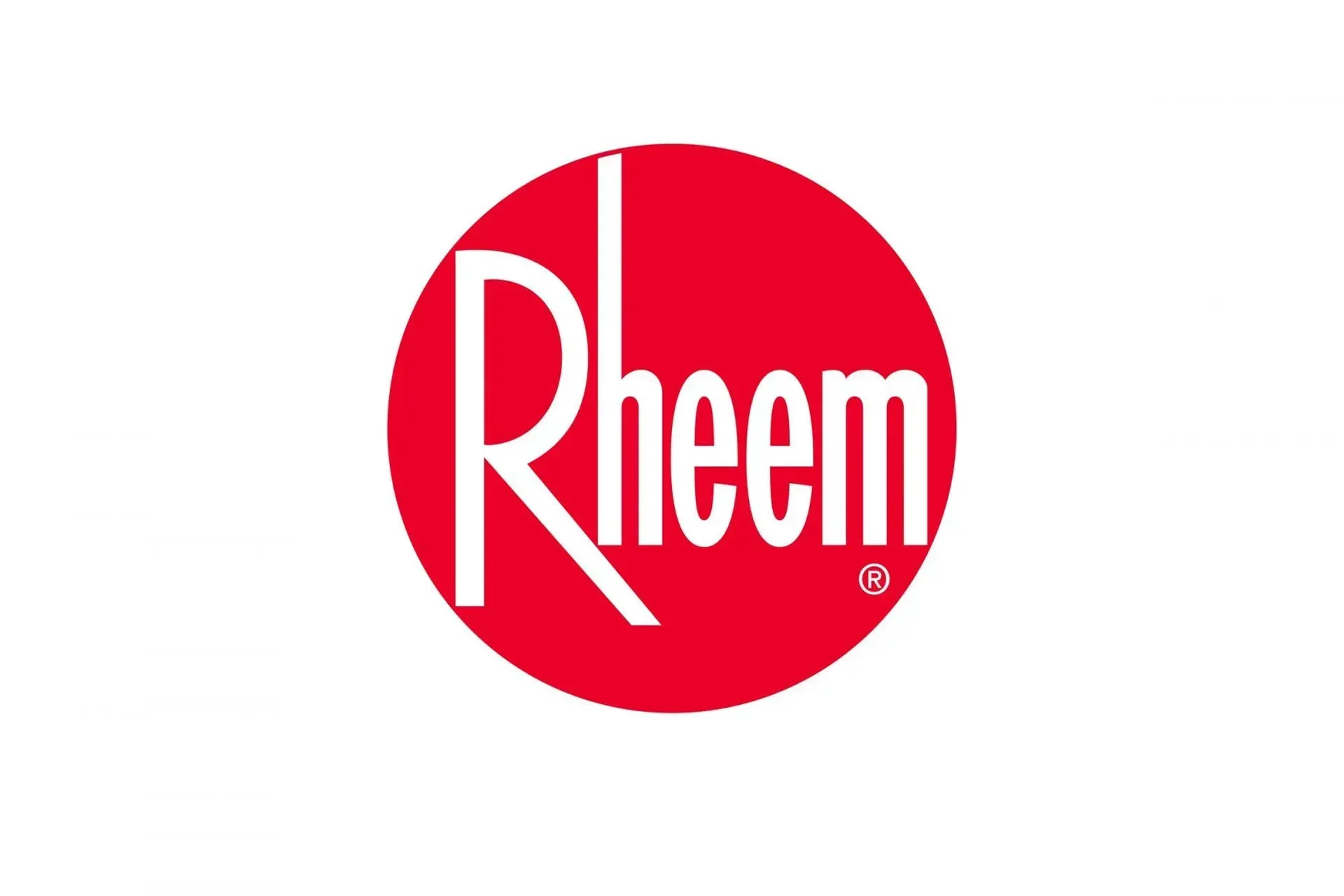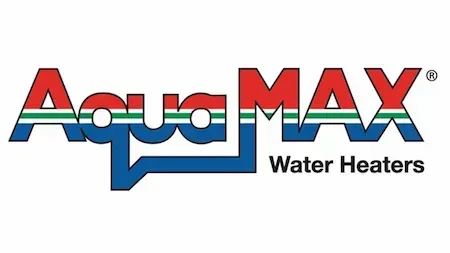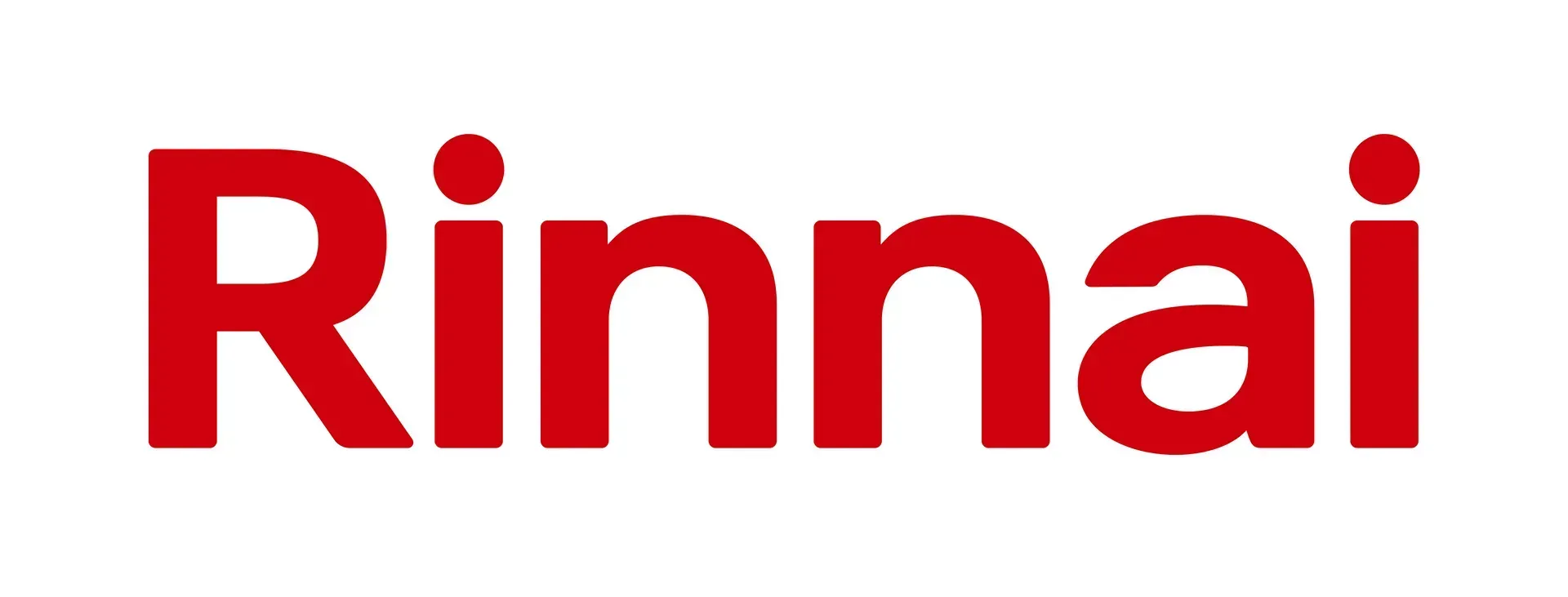Solar Hot Water Systems in Caloundra
- 30+ Years Experience
- 24/7 Emergency Response
- Quality Hot Water Services
Get A Callback in Caloundra
Contact Us
Thank you for contacting 24/7 Hot Water.
We will get back to you as soon as possible.
Please try again later.
Sunshine-ready
Solar Systems
24/7 Hot Water provides solar hot water systems in Caloundra with documented methods and clear communication. Our team brings 30+ years of industry experience and holds QBCC licence 1133569.
We are authorised service agents for leading brands, including Rheem, Rinnai and Solahart, which support accurate specifications and product references. Caloundra households and businesses can access guidance on flat plate or evacuated tube collectors, storage sizing and booster control matched to usage.
We outline tempering at outlets and safe discharge for pressure and temperature relief. Pipework and insulation are planned to limit heat loss and assist service access.
Model numbers, serials and setpoints are recorded for easy reference. Scheduling provides defined time windows with updates available. For enquiries about solar hot water systems in Caloundra, call 0438 247 247.
- Authorised brands
- Clear documentation
- Practical scheduling
Quality & Efficient Service
Hot Water Specialists
Rapid Response
Solar Powered
System Know-How
In Caloundra, design starts with roof aspect, shading and access planning to position collectors safely. Collector format and storage capacity are selected to match peak-hour demand and available roof space.
Circulation checks confirm pumps, sensors and flow where applicable. Tempering valves are set and verified for controlled outlet temperature at fixtures. Pressure and temperature relief discharge is sized and routed to a safe termination point. Pipe runs are insulated and clipped to reduce thermal loss and maintain serviceability.
Commissioning records controller settings, sensor values and tank setpoints for future reference. Customers receive plain language guidance on seasonal operation, booster timing and routine checks that support safe use.
Follow up support is available for questions with visit notes retained to streamline later appointments. This approach keeps information consistent for Caloundra homes and workplaces making an enquiry.
contact us
Send An Enquiry in Caloundra
Contact Us
Thank you for contacting 24/7 Hot Water.
We will get back to you as soon as possible.
Please try again later.
Do solar hot water systems need a booster and how does it work?
Most systems use an electric or gas booster to maintain set temperature during low-sun periods. A thermostat or controller triggers the booster when tank temperature drops below a threshold.
Electric elements heat stored water inside the cylinder. Gas boosters usually heat water as it flows to fixtures. Good control settings limit unnecessary boosting by prioritising solar gain. Users often schedule boosting after peak sun so the tank starts the evening at target temperature.
What direction and tilt should solar hot water collectors have in Australia?
North-facing collectors capture the most sun across the year in Australia. Tilt close to the site latitude balances summer and winter performance, though a slightly steeper angle can improve winter yield. Avoid shading from trees, antennas or neighbouring roofs during mid-morning to late afternoon.
Secure mounting and wind-rated fixings protect performance in exposed locations. Well-insulated pipework between roof and tank reduces thermal losses and helps preserve stored heat on cool or windy days.
How big should the solar hot water tank and collector area be?
Size for the busiest hour of demand rather than household count. Estimate back-to-back showers, bath use and appliance cycles. Choose storage that covers that peak without large temperature drop.
Collector area should replenish the tank reliably for typical sunshine at the location. Evacuated tubes supply more energy from a smaller footprint in cooler or windy climates. Matching storage volume to collector capacity prevents frequent boosting and avoids overheating during long sunny periods.
















